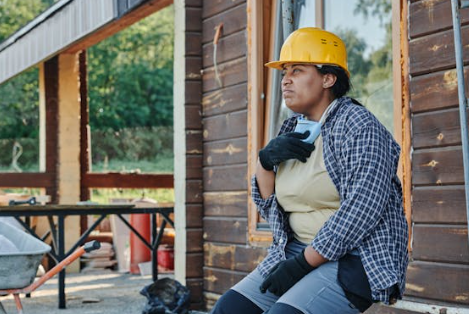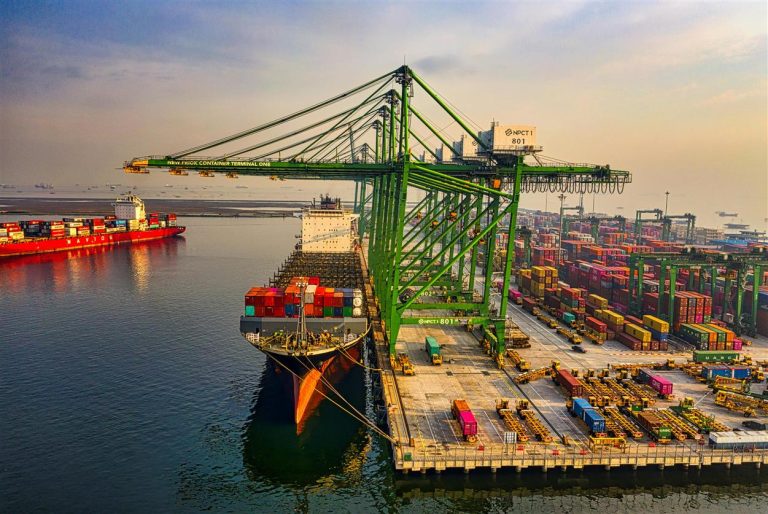
For decades, the American dream has been paved with degrees, corner offices, and ergonomic desk chairs. The hierarchy was clear: white-collar jobs meant status, stability, and social respect. Blue-collar work—manual, physical, and often underpaid—was portrayed as something you “escaped” with the help of higher education. But somewhere between the rise of student debt and a national labor shortage, the narrative has started to crack.
Today, electricians are turning down work because they’re too busy. Plumbers are charging more than lawyers. Auto mechanics are booked out for weeks. Skilled tradespeople are not just surviving—they’re thriving.
So what does it mean when the so-called “lower tier” jobs are suddenly commanding higher pay, stronger demand, and more job security than many white-collar roles? Are we witnessing a cultural reset around what work is worth?
A Prestige Shift That’s Been Brewing
There’s a quiet reversal happening in how society values labor. The jobs that were once background noise—running our power, fixing our homes, delivering our essentials—have become central. And not just in the functional sense. In economic terms, these roles are gaining power.
A combination of aging workforces, declining vocational enrollment, and years of societal bias against trade work has created a gap. A big one. As a generation of skilled laborers retires, not enough new workers are stepping in to replace them.
In the past, shortages like this might have gone unnoticed by the wider public. But COVID-19 changed that. When remote workers were logging into Zoom from their kitchens, essential workers were keeping lights on, warehouses moving, and cities running. That visibility forced a rethink of who really keeps the economy functioning.

College: A Risk, Not a Guarantee
Another pressure point is the changing value of a college degree. With tuition skyrocketing and wages for entry-level white-collar jobs stagnating, many are questioning whether a four-year path still pays off. There’s a growing awareness that degrees don’t guarantee prestige, income, or even employment.
Contrast that with trades that can be entered through apprenticeships or certifications, often with no debt and immediate earning potential. Welders, HVAC techs, and linemen routinely earn more than recent college grads—sometimes without ever stepping into a classroom.
This isn’t about pitting one path against another. It’s about recalibrating the cultural default that says prestige can only come from professional, “intellectual” work. That idea has never fully held up in practice, and now it’s being challenged more directly than ever.
Media’s Changing Tone
For years, popular culture reinforced class and job stereotypes. Manual labor was either romanticized in a nostalgic, Rust Belt sort of way, or ignored entirely in favor of startup founders and tech prodigies. But that narrative is shifting too.
Social media has played a surprising role in reshaping perceptions. TikTok and YouTube are now filled with creators sharing their work as welders, carpenters, heavy machine operators, and electricians. And they’re not apologizing for it. They’re showing their tools, their paychecks, their skills—and pride.
This kind of visibility matters. It’s changing how young people see career options. It also gives the trades a sense of relatability and professionalism they’ve often been denied in more traditional media.
Gender and the New Labor Market
The rise of the new blue collar is also intersecting with ongoing changes in gender roles and labor force participation. As more women enter trades that were historically male-dominated, the old image of blue-collar work as hypermasculine and exclusive is breaking down. Unions, training programs, and private companies are beginning to shift recruitment strategies to be more inclusive, opening doors that were long shut.
In some cases, it’s not just about fairness—it’s about survival. When an industry is starving for talent, it can’t afford to ignore half the population. And as these spaces become more diverse, so too does the public perception of who belongs in them.
When Scarcity Becomes Leverage
What gives a job prestige in a capitalist society? Often, it’s scarcity. Not just of skill, but of willingness. If few people can—or want to—do a job, that job becomes more valuable.
This is now playing out across construction, logistics, energy, and repair industries. Employers are offering signing bonuses, flexible schedules, and training programs to recruit workers they once underpaid or overlooked. Job seekers in these fields are starting to realize they have options, power, and bargaining chips.
It’s not just about pay either. It’s about autonomy, mastery, and respect. When a plumber can choose their clients, set their own rates, and be their own boss, it challenges everything we’ve been told about upward mobility.
The Mental Shift Still Needed
Despite these shifts, many people still look at blue-collar work through a dated lens. Parents may still push their kids toward college “just in case.” Schools still invest more in AP classes than in shop programs. And students who aren’t academically inclined are often treated as if they’ve already failed.
This stigma is cultural, not logical. It’s rooted in outdated class systems, not economics. And it ignores the real trajectory of where the job market is heading.
What we need is a more honest conversation—one that looks at all types of labor as valuable, necessary, and worthy of respect. One where prestige isn’t tied to what clothes you wear to work, but to what you contribute, how skilled you are, and whether you’re fairly compensated for it.

Looking Forward: Building a Different Future
Rethinking job prestige isn’t just a cultural task—it’s a structural one. It means investing in vocational education, making training affordable and accessible, and challenging the educational-industrial complex that profits from pushing college as the only answer.
It also means shifting how we talk about success. Instead of asking young people “What do you want to be?” with the silent expectation of doctor, lawyer, or CEO, we need to ask: “What kind of life do you want to build? What work excites you? What kind of problems do you want to solve?”
Because the truth is, the future of labor won’t be built only by coders or consultants. It will be wired, welded, driven, repaired, assembled, and maintained by people with calloused hands, deep expertise, and—finally—some well-earned respect.






